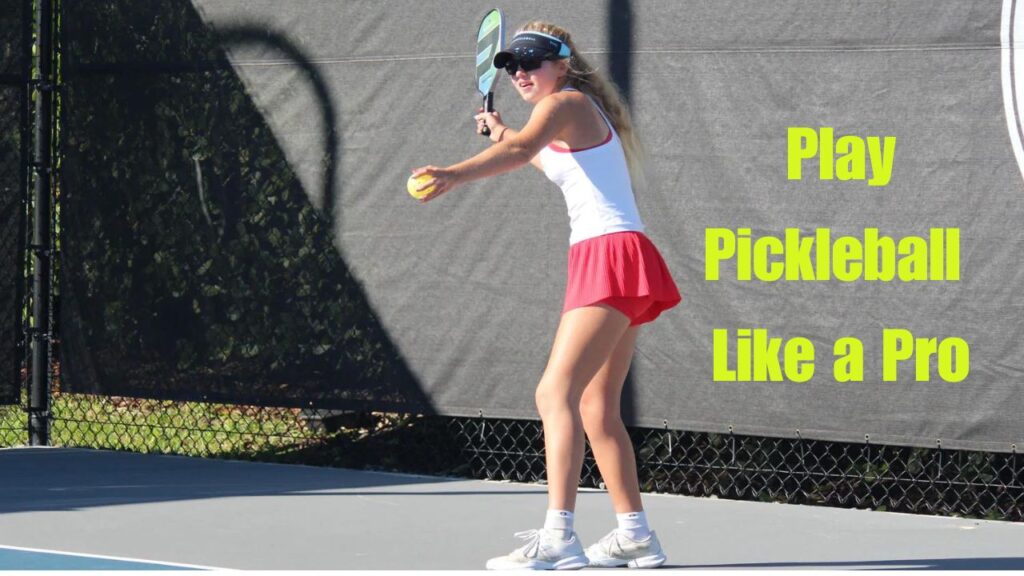Pickleball has transformed from a recreational pastime into one of the fastest-growing professional sports in the United States. With that rise comes a new career path—players turning pro. But the big question remains: what is the expected salary for tournament wins, how much is the professional pickleball player salary, and what does pickleball tournament prize money really look like in 2025?
This article breaks down the latest earnings data, sponsorship opportunities, and what you can realistically expect if you’re dreaming of becoming a professional pickleball player.
The Rise of Professional Pickleball
Over the past decade, pickleball’s popularity has skyrocketed. In 2025, professional leagues such as the PPA (Professional Pickleball Association) and MLP (Major League Pickleball) are expanding prize pools and offering new sponsorship opportunities. This shift is changing the outlook on professional pickleball player salary and increasing the stakes for pickleball tournament prize money.

Expected Salary for Tournament Wins
For those looking to make pickleball a career, the expected salary for tournament wins is one of the most important factors. Prize pools vary by tournament size, sponsorship backing, and league affiliation.
| Tournament Level | Average Prize Money (per player) | Notes |
|---|---|---|
| Local & Regional Tournaments | $500 – $2,000 | Smaller events, often split among doubles teams. |
| National-Level Tournaments | $5,000 – $20,000 | Sponsored by PPA and APP, higher competition. |
| Major League Pickleball (MLP) | $25,000 – $100,000+ | Includes team-based payouts, bonuses, and incentives. |
| Grand Slam / Championship Wins | $150,000 – $250,000 | Top-tier professionals only. |
The expected salary for tournament wins in 2025 has nearly doubled compared to just five years ago. Top athletes like Ben Johns, Anna Leigh Waters, and Tyson McGuffin now regularly compete for six-figure paydays.
Professional Pickleball Player Salary Breakdown
While pickleball tournament prize money is the most obvious source of income, the total professional pickleball player salary also includes:
- Sponsorships & Endorsements: Paddle, apparel, and nutrition companies invest heavily in professional athletes. Sponsorship deals can add anywhere from $50,000 to over $500,000 annually to a pro’s income.
- Teaching & Clinics: Many pros supplement their income by hosting pickleball camps and private lessons, earning between $100–$250 per hour.
- Appearance Fees: Some top-ranked players earn bonuses just for attending large tournaments or exhibitions.
On average, the professional pickleball player salary in 2025 ranges from:
- Lower-level professionals: $30,000 – $75,000 per year
- Mid-tier professionals: $100,000 – $250,000 per year
- Top-tier professionals: $500,000 – $1M+ annually
This shows how crucial pickleball tournament prize money is in shaping the overall career earnings of a pro player.
Pickleball Tournament Prize Money Trends in 2025
The growth of pickleball tournament prize money has been exponential. In 2020, the largest purse for a single pickleball event was under $100,000. By 2025, several tournaments offer expected salary for tournament wins well over $250,000.
Current Trends:
- Corporate Sponsorship Growth: Major brands like Anheuser-Busch, Carvana, and Skechers are investing in professional pickleball.
- MLP Expansion: Team-based formats distribute larger prize pools across more players.
- Equal Pay Movement: Men’s and women’s events are now seeing equal pickleball tournament prize money, attracting more female pros.
Expected Salary for Tournament Wins vs. Sponsorships
While expected salary for tournament wins is attractive, sponsorships often outweigh direct prize money. For example:
- A top-five player may earn $500,000 from pickleball tournament prize money, but $700,000+ from endorsements.
- Mid-level players often rely more heavily on teaching and clinics while still competing for expected salary for tournament wins.
This balance shows why building a brand is just as important as performing well on the court.
Challenges to Becoming a Pro Pickleball Player
While the numbers may sound enticing, earning a solid professional pickleball player salary comes with challenges:
- High Travel Costs: Many tournaments require constant national or international travel.
- Intense Competition: Only a small percentage of players earn six figures purely from pickleball tournament prize money.
- Short Career Window: Physical strain means the average pro career is shorter compared to other sports.

Tips for Aspiring Professional Players
If you’re serious about becoming a professional player, consider these steps:
- Specialize in Doubles – Since most events are doubles-heavy, your path to expected salary for tournament wins will likely come from partnering with strong teammates.
- Build Your Brand – The bigger your following, the higher your sponsorship earnings beyond pickleball tournament prize money.
- Join Pro Tours Early – Competing in APP and PPA events builds recognition and ranking.
- Invest in Coaching – Fine-tuning your skills through clinics helps you stay competitive at higher levels.
Future of Professional Pickleball Salaries
The trajectory of the professional pickleball player salary continues to rise. With television deals, streaming rights, and international expansion, many analysts predict that by 2030, top players could surpass $2–3 million annually in combined expected salary for tournament wins and sponsorship deals.
Conclusion
Pickleball’s professional scene is still young, but the financial opportunities are expanding rapidly. The expected salary for tournament wins has grown significantly, and pickleball tournament prize money continues to attract more players every year.
If you’re aiming to turn pro, the reality is that a full professional pickleball player salary comes not just from competing but from building a personal brand, landing sponsorships, and leveraging the sport’s explosive growth.
For aspiring athletes, the dream of making a living in pickleball is no longer far-fetched—it’s a real career path with growing potential.




